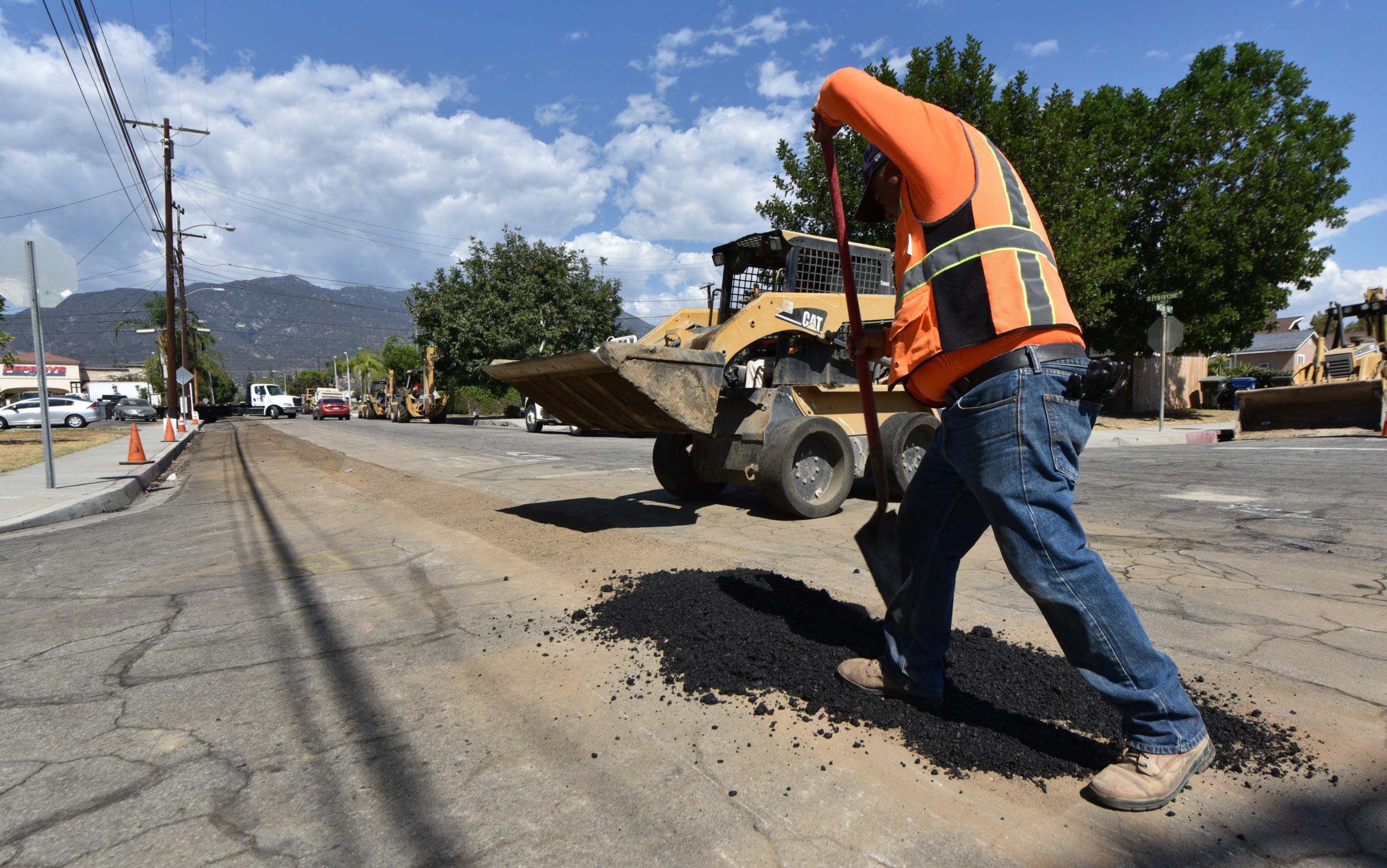More than three million people in Los Angeles, Long Beach, Anaheim and elsewhere across the state reported their households went without sufficient food in the first three months of the COVID-19 pandemic, an increase of 22% from the pre-pandemic rate, UCLA researchers said Wednesday.
The impact was felt widely across the state, especially among those already facing hunger, according to UCLA Fielding School of Public Health researchers.
Those experiencing household food insufficiency prior to COVID-19 were 40 times more likely to be food insufficient, which is defined as “not having enough food to eat.” Of adults who experienced household food insufficiency during COVID-19, almost 80% were food insufficient prior to the pandemic, the study showed.
“Our findings show regional differences, across California, in food insufficiency risk,” said Dr. May Wang, a UCLA Fielding School of Public Health professor of community health sciences and a member of the California Center for Population Research at UCLA.
“In particular, disadvantaged households in the San Francisco Bay Area — where income and educational levels are higher, but income inequality and cost of living are also higher — seem to be at higher risk for food insufficiency,” she said.
The online study pointed to Los Angeles as a region where an active food distribution network was in place, enabling governments, schools and community organizations to respond more effectively to the sudden increases in food insecurity brought about by the pandemic.
“Notably, the Los Angeles Unified School District, one of the largest in the nation, responded by providing free food at `Grab and Go’ food centers not only to students but to community members, as well,” said doctoral student Lilly Nhan, who helped conduct the study.
“In addition, the presence of an active local food policy council may have supported efforts of the Los Angeles Regional Food Bank to widely distribute food through community-based organizations including faith-based entities,” she said.
The researchers evaluated U.S. Census Bureau survey data to understand regional differences in the determinants of food insufficiency. The team focused on three metropolitan areas: Los Angeles, Long Beach and Anaheim; Riverside, San Bernardino and Ontario; and San Francisco, Oakland and Berkeley.
During the COVID-19 pandemic, disadvantaged households in the San Francisco Bay Area were at higher risk of food insufficiency compared with similar households in Los Angeles, Orange, Riverside and San Bernardino counties, according to the study to be published in an upcoming edition in the peer-reviewed journal Public Health Nutrition.
The study, already available electronically, was conducted by Wang, Dr. Evelyn Blumenberg, director of the Lewis Center for Regional Policy Studies at the UCLA Luskin School of Public Affairs, and doctoral students Nhan and Miriam Pinski.







